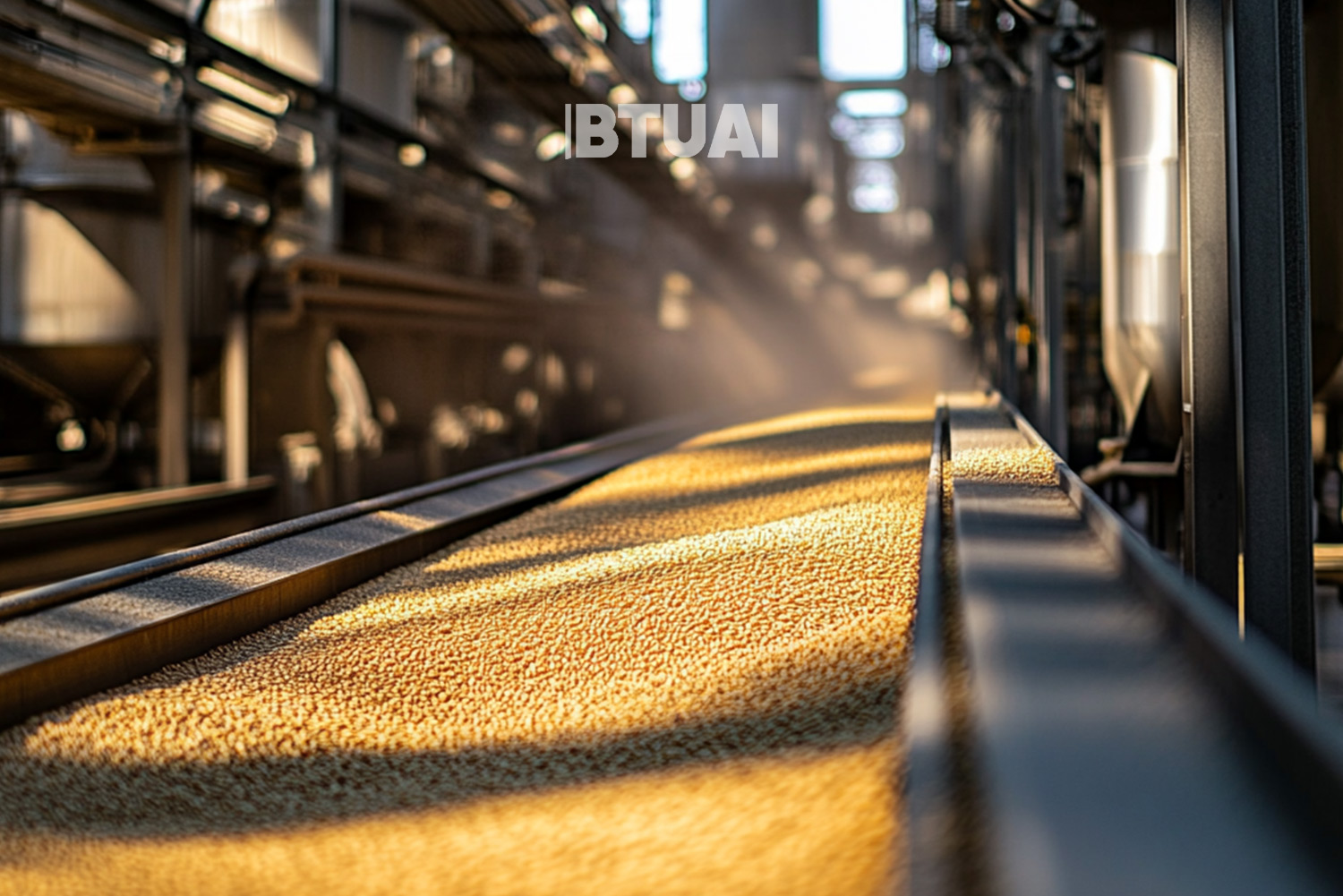Grains in Georgia: Modest Growth or Strategic Gap? Understanding Local Production Trends
In 2024, Georgia’s grain production showed signs of growth on paper, but the story beneath the numbers is more

In 2024, Georgia’s grain production showed signs of growth on paper, but the story beneath the numbers is more complex (source: National Statistics Office of Georgia). Wheat output increased slightly by 1%, while corn production jumped by nearly 17%, reaching 223,000 tons. Barley, on the other hand, declined by 8.5%. These figures suggest positive movement, but a deeper look reveals long-standing structural challenges and mixed long-term trends.
Corn has steadily become Georgia’s dominant grain crop in both volume and land use. This year, over 71,000 hectares were sown with corn, far outpacing wheat, which covered just 54,000 hectares — not enough to meet domestic consumption needs. As a result, Georgia remains heavily reliant on wheat imports, particularly from Russia. This dependence poses strategic risks, both economically and geopolitically.
What’s driving the growth? Not an expansion of land. In fact, the total area planted with annual crops shrank by 4% in 2024. Instead, the modest increase in grain output is largely due to improved yields. For example, average corn yield reached 3.1 tons per hectare, and wheat 2.8 tons — both improvements over previous years. Yet these yields are still well below European averages, where similar crops often produce 6 to 8 tons per hectare. So while Georgia is becoming slightly more productive, it still lags behind in terms of overall efficiency.
Globally, grain markets have been volatile. Climate change, armed conflicts, and trade disruptions have repeatedly shaken supply chains. The 2022 wheat crisis, triggered by Russia’s invasion of Ukraine, made it painfully clear how vulnerable food systems can be. For Georgia, these global shocks highlighted the risks of overreliance on imports and the importance of building domestic resilience.
But scaling up grain production in Georgia isn’t straightforward. Local wheat often costs more than imported alternatives, making it less competitive without government support. The answer isn’t necessarily to grow more wheat everywhere, but to invest in targeted, efficient production where it makes the most sense. That means better technology, smarter use of land, and more support for farmers who can produce at scale and with quality.
So, is grain production important for Georgia? Absolutely — and not just for economic reasons. It’s about food security, rural livelihoods, and national preparedness. However, sustainable growth will require more than just bigger harvests. Georgia needs a long-term strategy — one that moves away from short-term gains and toward a system that is less vulnerable, more efficient, and aligned with the country’s broader development goals. Today’s numbers show progress, but the real challenge is building a system that can hold its ground when global supply lines fail.




